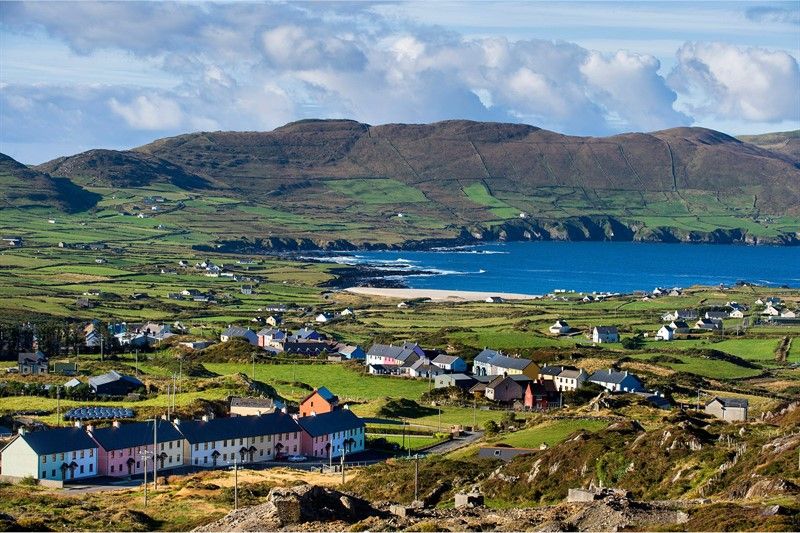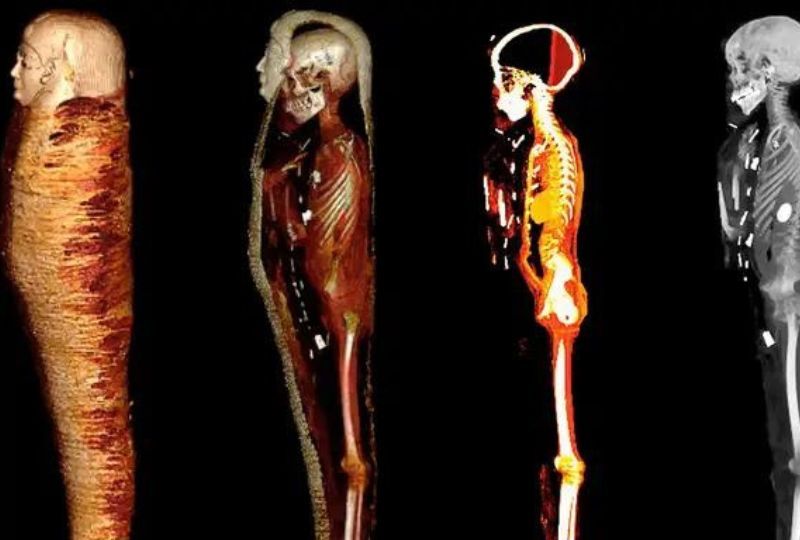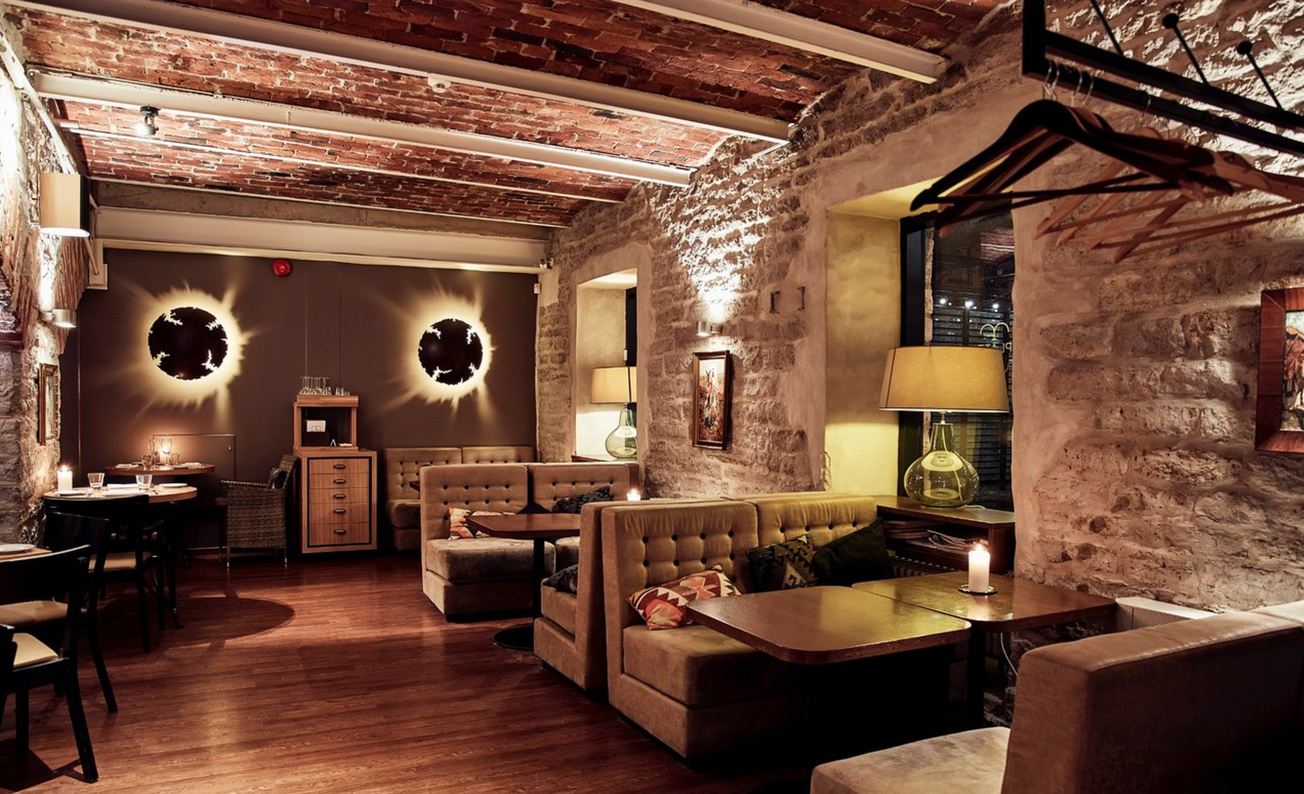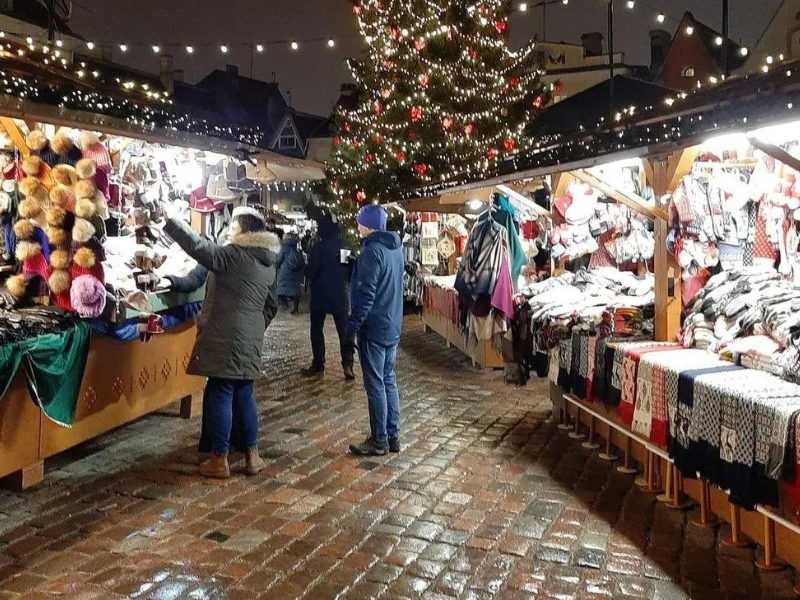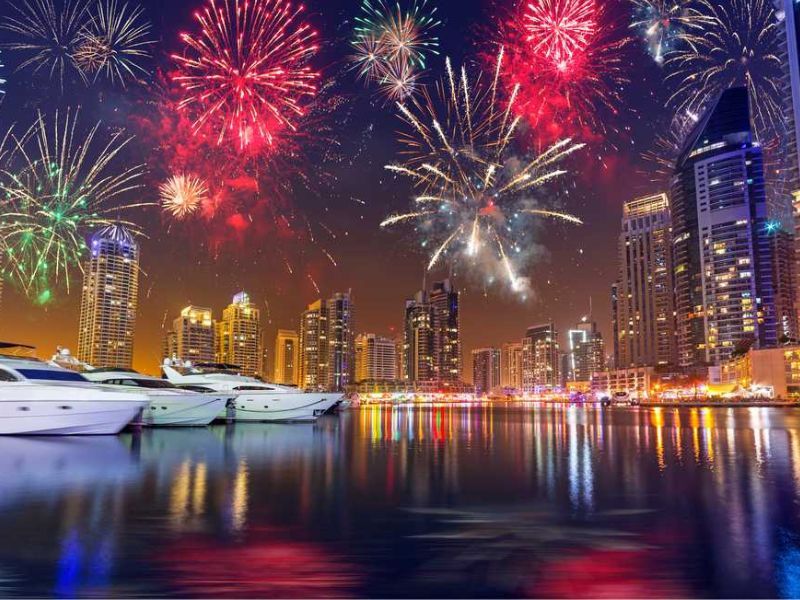The cultural area of West Cork is just one of the most prominent vacation areas in all of Ireland, many thanks in huge component to its country appeal. Yet, the towns here are beautiful too-- particularly those along the coastline.
7. Kinsale

The location to choose remarkably yummy fish and shellfish are Kinsale, which grew up around its historic fishing port. Currently the south beginning factor of the lofty Wild Atlantic Means tourist path, this charming seafront town includes brightly coloured shopfronts, overflowing flowerbeds and divine harbour views. The regional golf club, Old Head Golf Links, needs to be believed-- sitting atop challenging cliffs at the idea of a diamond-shaped peninsula that protrudes right into the surrounding ocean.
6. Clonakilty
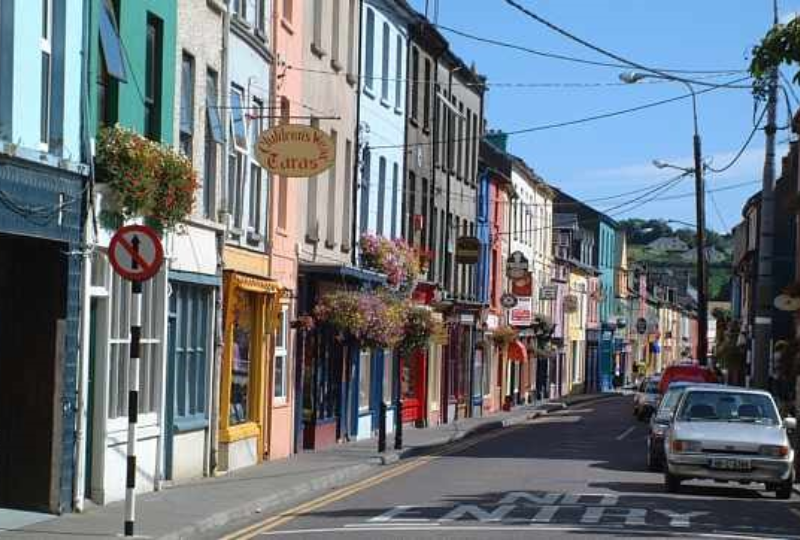
Named the most effective community in Ireland and the UK at the 2017 Urbanism Awards, Clonakilty has a population that appreciates maintaining its stunning community. After winning the total nationwide TidyTowns competition in 1999, it has obtained an entire host of awards for its dedicated efforts at retaining the regional setting looking its finest. A couple of kilometres (a couple of miles) outside town, you will find heaven Flag-certified coastline of Inchydoney, among one of the most stunning in the whole nation.
5. Glandore

Although practically a town, Glandore ought to be included on a see along the West Cork shoreline. The yachting harbour of the same name stretches inland for approximately 4.8 kilometres (3mi), with two islands at its mouth called Adam and Eve. The village is centred around an early-19th-century pier, with cruising and whale watching as several of the primary tasks available. There are 2 Norman castles in the vicinity, in addition to a pleasant walking route to the megalithic Drombeg Rock Circle nearby.
4. Baltimore
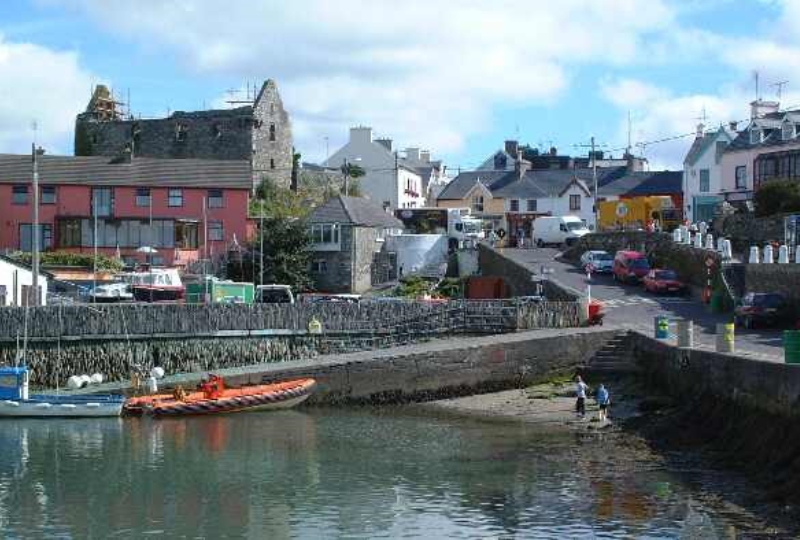
Baltimore and the islands off its shore are fabulous-- yet not thought to be the origin of the name of the US city. Including a ferry port serving the Roaringwater Bay-- understood for its oysters-- and much of the islands known as Carbery's Hundred Isles, Baltimore obtains its name from the Irish Baile a Tí Mhóir, suggesting "community of the big house". The big house described is a 13th-century castle ignoring the harbour, ruined several times throughout its history yet constantly rebuilt. It's believed that Baltimore, Maryland, is named after the 2nd Lord Baltimore of the Irish House of Lords, who colonised the location.
3. Schull

Schull is the central village on the peninsula that finishes in Mizen Head-- Ireland's many south points. It is also a website chosen as a filming location for the latest Celebrity Battles flicks because of its nearly mythical elegance. Mount Gabriel presides to the north of the community, suggesting it has that unusual combination of both seas as well as mountain sights. Filled with wacky stores and welcoming restaurants, as well as with a harbour that watches out towards the Gaeltacht (Irish-speaking) area of Cape Clear Island and the Atlantic Sea, Schull is genuinely a little piece of paradise.
2. Bantry
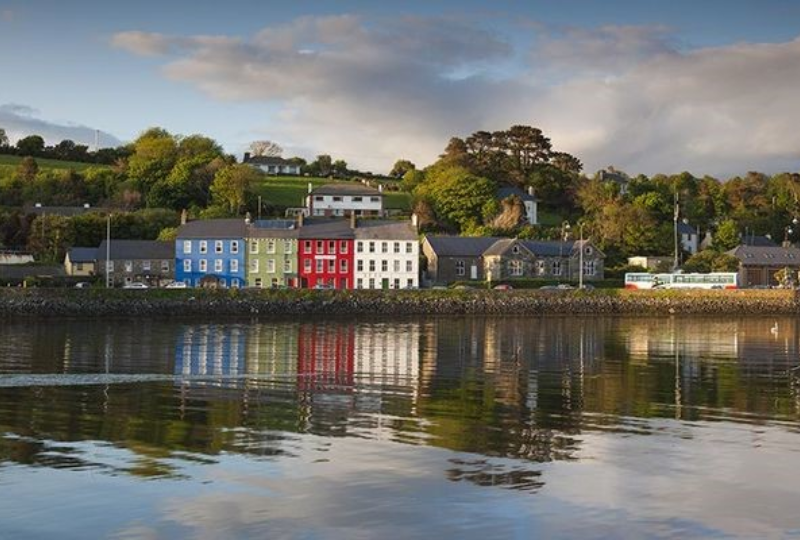
The community of Bantry lies at the internal point of Bantry Bay, one of the southwest's most extended inlets at about 32.1 km (20mi) in size. Flanked by a rainbow of coloured buildings, its big community square is the place of the regular Bantry Market, described as "one of the most lively markets in West Cork" by Discover Ireland. Other suggested activities below include taking an excursion to the bay's Whiddy Island-- a haven for vibrant plants, such as fuchsia, due to its Gulf Stream climate.
1. Glengarriff

Located on the Ring of Beara course along the Beara Peninsula, the stunning town of Glengarriff is described as "the natural meeting point". It takes its name from the Irish translation of "the tough glen"-- undoubtedly a recommendation to the peninsula's sandstone Caha Hills. Glengarriff Woodland is currently a significant nature get loaded with paths, outing areas and also search factors. At the same time, Garnish Island in Glengarriff Harbour is house to a famous Italian garden developed by British landscape developer Harold Peto.
